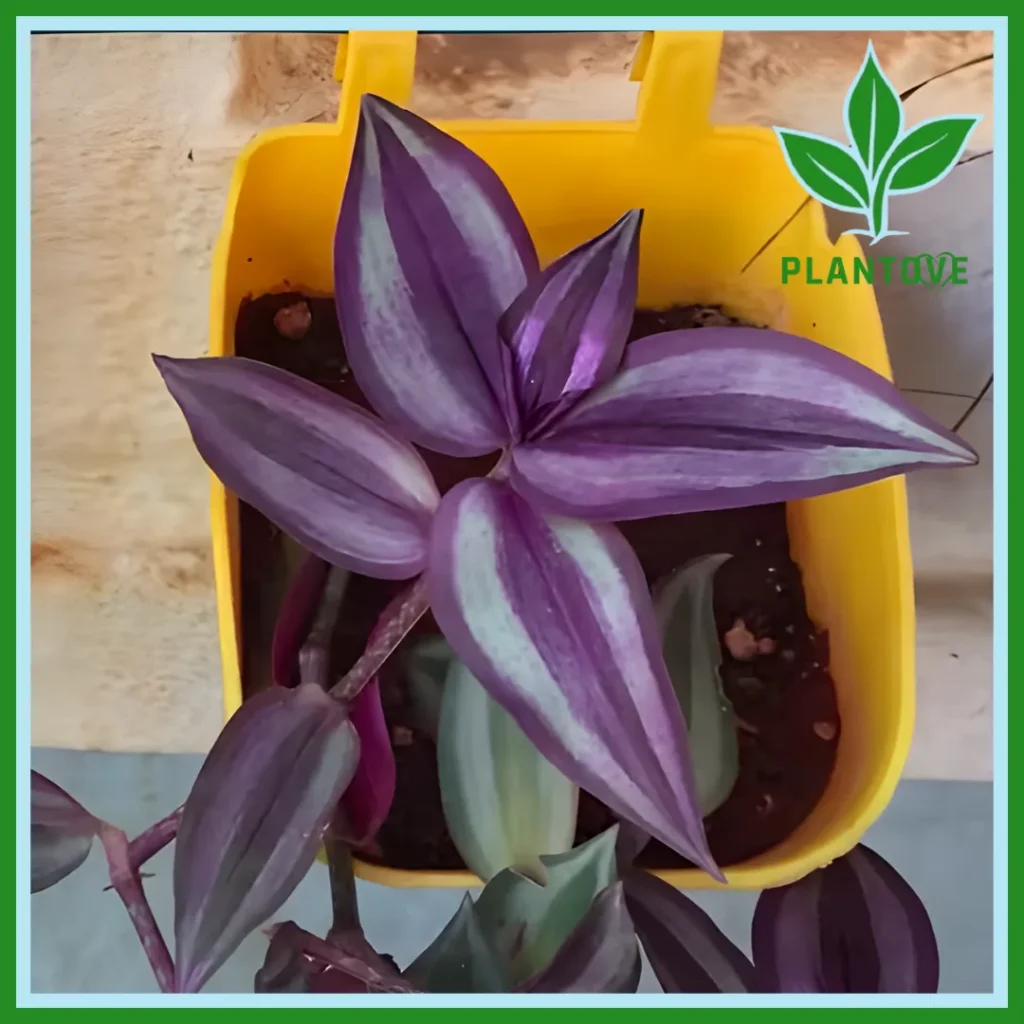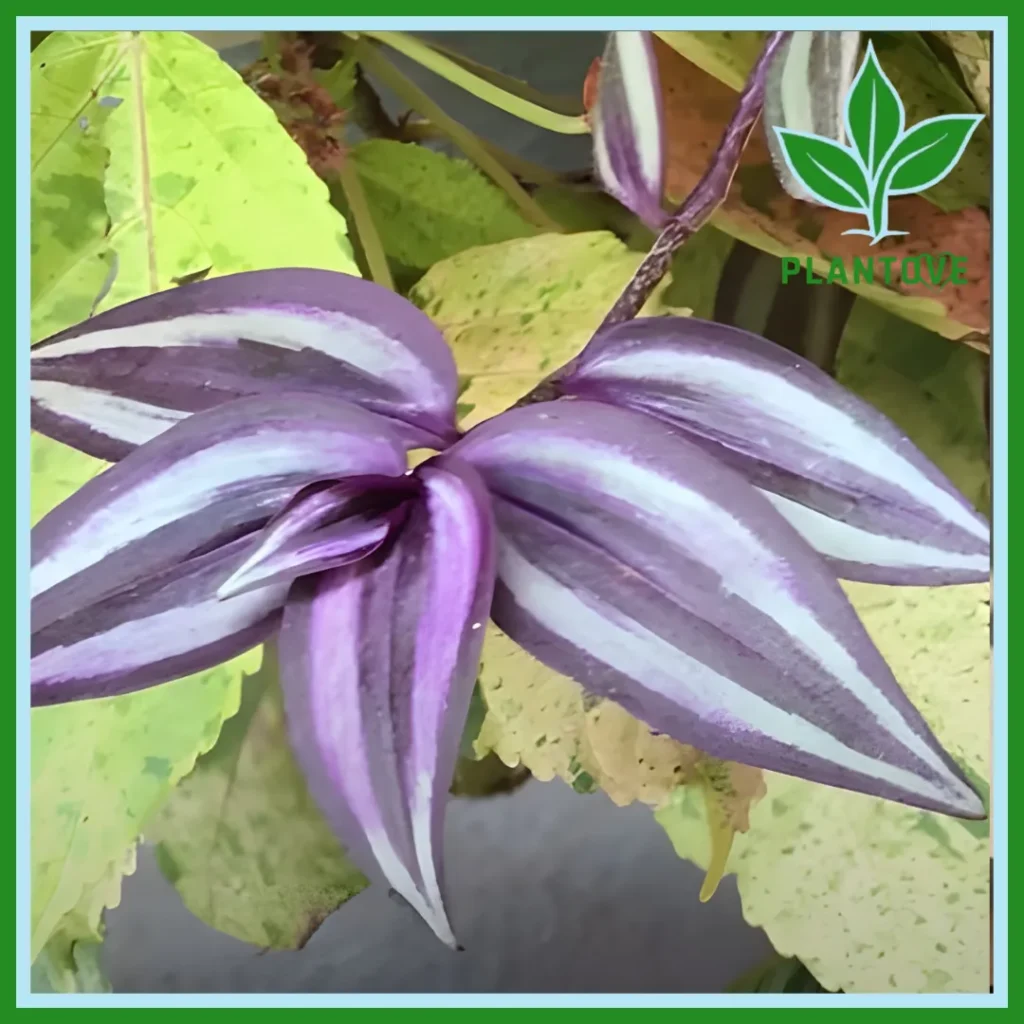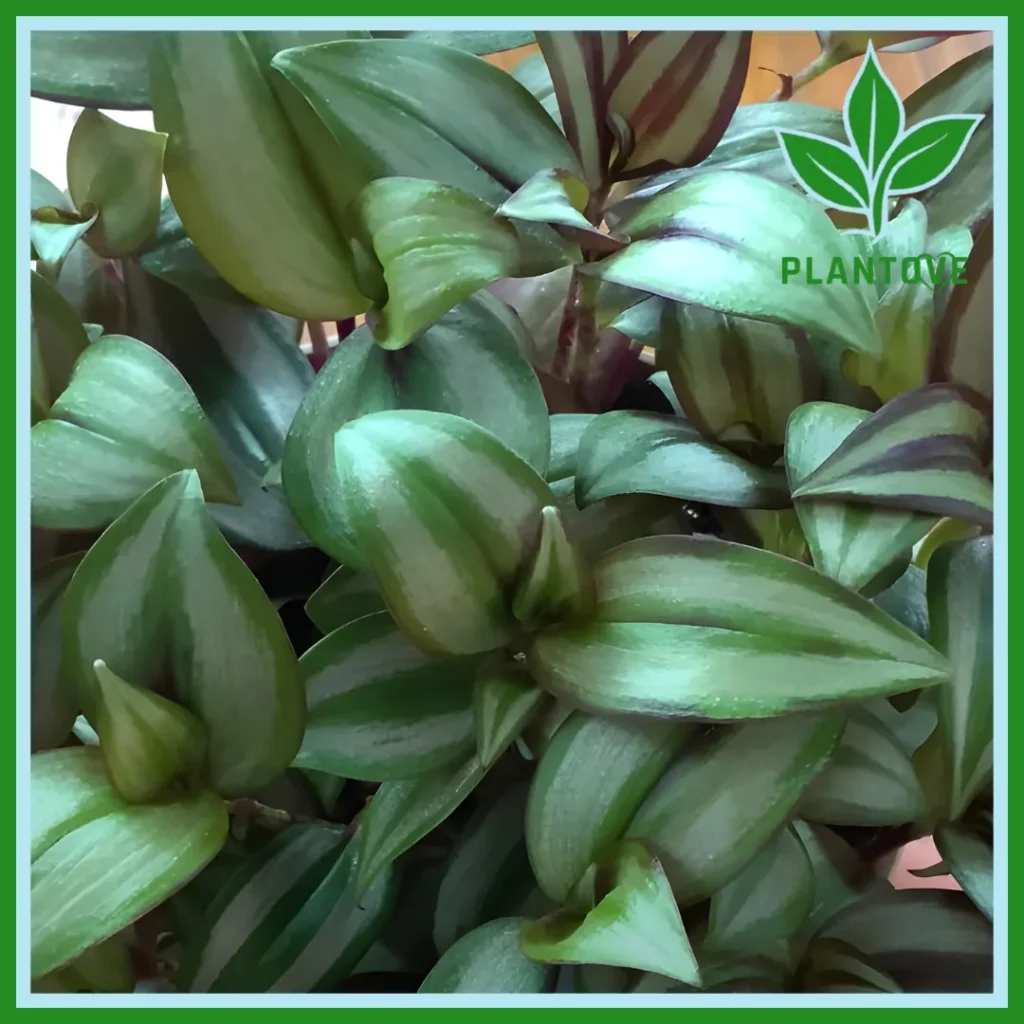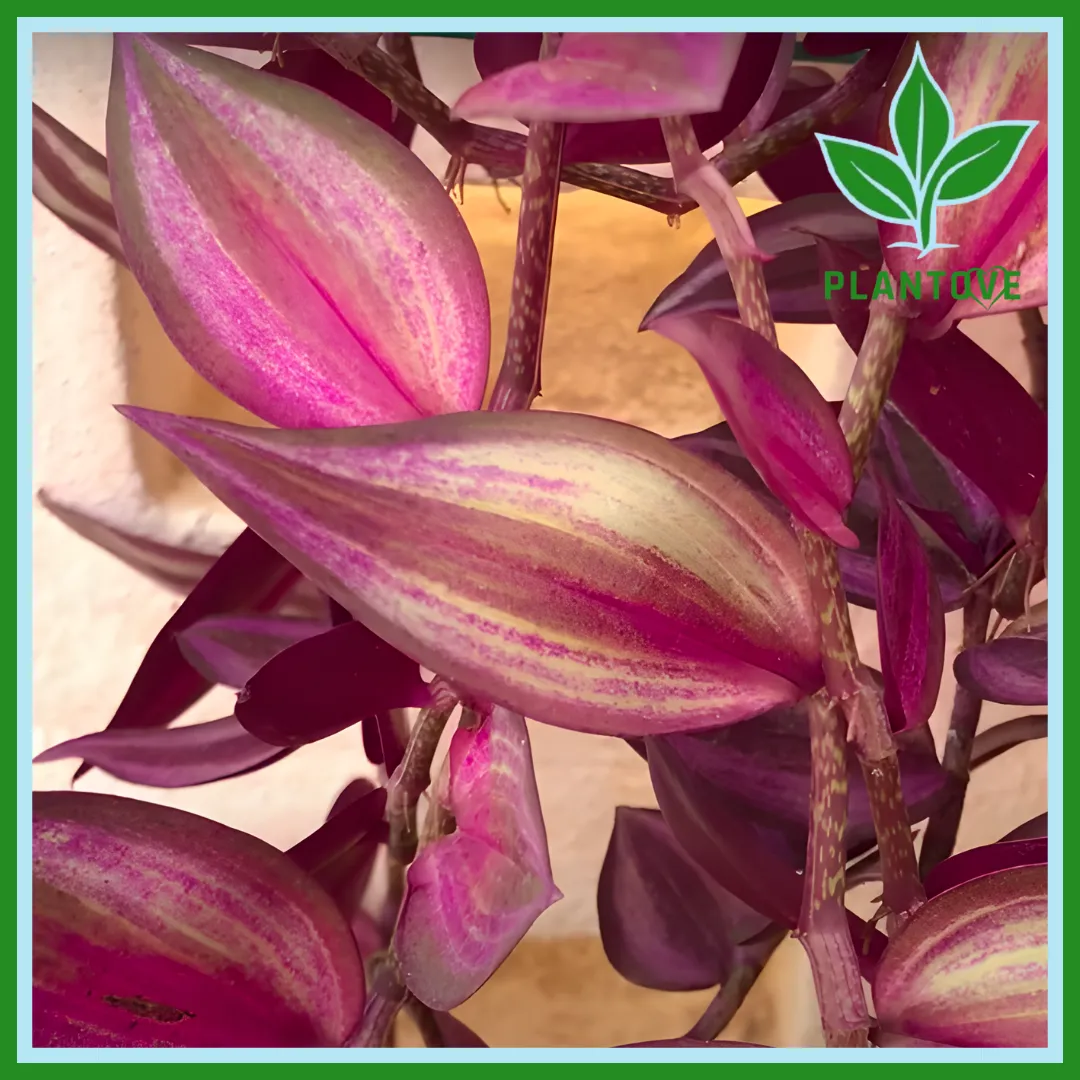The Wandering Jew plant is a popular choice for plant enthusiasts in the USA, thanks to its vibrant foliage, adaptability, and relatively low maintenance. Known scientifically as Tradescantia, this plant is loved for its eye-catching purple, green, and silver-striped leaves. Whether you’re an experienced gardener or a beginner, understanding how to care for this plant is essential to ensure it thrives. In this guide, we’ll explore everything you need to know about Wandering Jew plant care, including tips for making it bushy, caring for it indoors and outdoors, understanding its watering needs, and whether it can survive indefinitely in water.
What Makes the Wandering Jew Special?
The Wandering Jew plant is native to Central and South America and is part of a genus containing many species, each with its unique beauty. Its colorful leaves make it a standout in any indoor or outdoor setting. Beyond its aesthetic appeal, the plant is hardy and versatile, growing well in a variety of conditions. It’s also easy to propagate, making it a favorite for those who love sharing plants with friends and family.
How to Make a Wandering Jew Bushy
One of the most attractive features of a healthy Wandering Jew plant is its full, lush growth. If your plant looks sparse or leggy, here’s how you can encourage bushier growth.
1. Regular Pruning:
Pruning is essential for maintaining the plant’s shape and encouraging new growth. Use sharp, clean scissors to trim back long stems, cutting just above a leaf node. This will stimulate the plant to produce new shoots.
2. Pinch the Tips:
Pinching off the tips of the plant is another simple way to encourage branching. By removing the growing tips, you signal the plant to focus its energy on creating new stems.
3. Provide Bright, Indirect Light:
Adequate light is critical for compact, bushy growth. Place your plant in a location with bright, indirect sunlight. Insufficient light can lead to spindly, elongated stems.
4. Fertilize During the Growing Season:
Feed your plant with a balanced liquid fertilizer every four to six weeks during spring and summer. Proper nutrition supports vigorous growth and vibrant foliage.
5. Rotate the Plant:
If your plant is growing toward the light, rotate it regularly to encourage even growth and a symmetrical appearance.
Caring for Wandering Jew Plants Indoors

When grown indoors, Wandering Jew plants can add a vibrant touch to your home décor. Here’s how to keep them thriving inside.
1. Choose the Right Spot:
Place your plant near a window where it can receive bright, indirect sunlight. Direct sunlight can scorch the leaves, while too little light can cause the colors to fade.
2. Maintain Ideal Temperatures:
Wandering Jew plants prefer temperatures between 65°F and 75°F. Avoid placing them near drafts, heating vents, or air conditioners, as sudden temperature changes can stress the plant.
3. Humidity is Key:
These plants love high humidity. If the air in your home is dry, consider using a pebble tray filled with water or running a humidifier nearby.
4. Use the Right Soil:
A well-draining potting mix is essential to prevent waterlogging. A blend of standard potting soil, perlite, and sand works well.
5. Watering Indoors:
Water the plant when the top inch of soil feels dry. Be careful not to overwater, as soggy soil can lead to root rot. During winter, reduce watering since the plant’s growth slows down.
Outdoor Care for Wandering Jew Plants

Outdoors, Wandering Jew plants can transform your garden with their cascading growth and vibrant hues. However, their care requirements differ slightly from indoor plants.
1. Provide Partial Shade:
While they enjoy bright light, harsh, direct sunlight can damage the leaves. A spot with dappled sunlight or partial shade is ideal.
2. Ensure Well-Draining Soil:
Outdoor Wandering Jew plants thrive in soil that retains moisture without becoming waterlogged. Adding organic matter to the soil improves drainage and nutrients.
3. Protect from Frost:
These plants are not frost-tolerant. In colder climates, consider planting them in pots so they can be brought indoors during winter.
4. Mulch for Moisture:
Mulching helps retain soil moisture and keeps the roots cool during hot summers.
5. Regular Maintenance:
Prune the plant periodically to remove dead or leggy stems and maintain its shape.
Watering Tips for Wandering Jew Plants

Watering is a crucial aspect of Wandering Jew plant care. Striking the right balance is key to keeping your plant healthy.
1. Keep Soil Slightly Moist:
Allow the top inch of soil to dry out before watering again. Overwatering can lead to yellowing leaves and root rot, while underwatering can cause the plant to wilt.
2. Adjust Seasonally:
During the growing season (spring and summer), water more frequently. In fall and winter, reduce watering as the plant’s growth slows.
3. Use Proper Watering Techniques:
Water the soil directly rather than spraying the leaves to prevent fungal issues. Use room-temperature water to avoid shocking the roots.
4. Consider Water Quality:
If your tap water is heavily chlorinated, let it sit overnight before using it. Alternatively, use distilled or filtered water.
Can Wandering Jew Live in Water Forever?
The Wandering Jew plant is famous for its ability to grow and propagate in water. While it can survive in water for extended periods, growing it solely in water is not ideal for its long-term health. Plants in water may lack essential nutrients found in soil and are more susceptible to root rot. If you choose to keep the plant in water for decorative purposes, change the water weekly and add a diluted liquid fertilizer to provide necessary nutrients. For optimal growth, transfer the plant to soil once its roots are well-established.
Common Issues and How to Solve Them
Even with proper care, you may encounter some challenges with your Wandering Jew plant. Here are a few common problems and their solutions.
1. Leggy Growth:
Insufficient light is the usual culprit. Move the plant to a brighter spot and prune regularly to encourage bushier growth.
2. Yellow Leaves:
Overwatering often causes yellowing leaves. Allow the soil to dry out slightly between waterings.
3. Fading Colors:
Lack of light can cause the vibrant purple and green hues to dull. Ensure the plant gets enough indirect sunlight.
4. Pests:
Spider mites and aphids can infest the plant. Use a natural insecticidal soap or neem oil to manage these pests effectively.
Final Thoughts on Wandering Jew Plant Care
The Wandering Jew plant is a beautiful, versatile addition to any indoor or outdoor space. With its vibrant colors and cascading growth, it can brighten any corner of your home or garden. By following the tips outlined in this guide, you’ll ensure your plant thrives and remains healthy year-round. Whether you’re growing it indoors, outdoors, or experimenting with water propagation, consistency and attentive care will reward you with a lush and thriving Wandering Jew plant.

